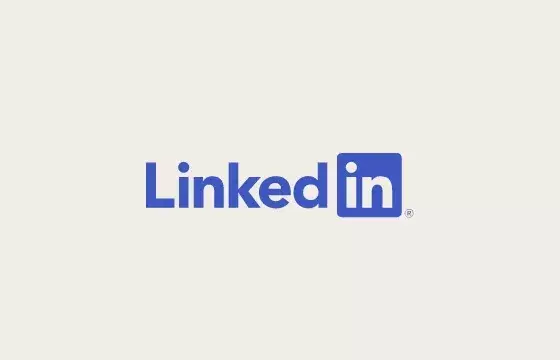In the ever-evolving landscape of social media, LinkedIn continues to dominate as a professional networking platform, a fact heavily leveraged by its parent company, Microsoft, during quarterly updates. While these updates come with assurances of “record engagement” and revenue growth, a deeper examination of their accuracy reveals a convoluted picture that raises questions about the metrics used to define success on the platform.
Every quarter, Microsoft rolls out its synthesized performance metrics for LinkedIn. The narrative remains largely unchanged, echoing claims of increased session growth and “record engagement.” Such assertions seem remarkably consistent—one could argue they have become remarkably formulaic and predictable. Since 2018, except for one notable quarter, these reports have led to the conclusion that engagement levels are continually rising, with little nuance in communication. The repetitive nature of these updates invites skepticism, making it challenging to discern substantive changes in user interaction.
Despite the claims of enhanced engagement, one must consider the qualitative aspects of this interaction. The term “record engagement” is often left vague, suggesting more about marketing spin than tangible improvements. Are these engagement metrics based on active users genuinely participating in meaningful activities, or do they merely reflect superficial interactions? This ambiguity invites further scrutiny into how LinkedIn defines engagement metrics and whether they resonate with actual user behavior.
LinkedIn touting a milestone of one billion members presents an impressive figure. However, as many users understand, this metric can be misleading. Unlike other social media platforms, LinkedIn relies heavily on total member counts, often disregarding the distinction between members and active users. For instance, a platform like Twitter (now X) publicly grapples with similar issues but is often critiqued for the disparity between its registered accounts and active users. LinkedIn, paradoxically, appears immune to the same scrutiny.
Reports indicate that less than 30% of LinkedIn’s European members engage with the platform actively. This suggests that around 300 million of its billion-member base may be considered genuinely active users. While this figure is commendable for a niche network, it starkly contrasts the narrative of unprecedented growth. The commitment to a singular focus on total member count inevitably clouds the analysis and understanding of actual user engagement on the platform.
What is disconcerting is the opaqueness surrounding LinkedIn’s performance reporting. The network frequently introduces features borrowed from other successful platforms—like Stories and algorithmically-driven video feeds—aimed at increasing user engagement. However, as seen with these implementations, they often resonate poorly within a professional context. LinkedIn’s identity as a business-oriented platform diverges significantly from platforms driven by entertainment and social interactions, and the inability to adapt effectively to its audience raises further questions about the longevity of these new features.
Moreover, the ongoing insertion of buzzworthy innovations, such as artificial intelligence, captures attention. Microsoft seems more invested in leveraging LinkedIn’s revenue streams rather than understanding what users genuinely desire from the platform. As long as revenue climbs—reported at a 10% increase this quarter—Microsoft appears unfazed by engagement discrepancies. The priority seems tilted towards financial growth, rather than cultivating a quality user experience that can lead to sustainable long-term engagement.
As Microsoft continues to tout LinkedIn’s performance, the focus on record engagement and impressive revenue should not overshadow the need for transparency in reporting genuine user interaction. The stark realities behind member counts and active user ratios call for a re-evaluation of how success on LinkedIn is measured. It is crucial for the platform to embrace a more honest dialogue about its metrics to establish trust with its users. Ultimately, the challenge lies in moving beyond superficial growth narratives toward creating an authentic and engaging ecosystem for professionals. Only then will LinkedIn foster genuine connections rather than merely basking in the illusion of continual success.


Leave a Reply
You must be logged in to post a comment.